advancing the mitigation of Climate Change and Global Warming through Geoengineering education and research
Natural Climate Solutions
Natural Climate Solutions are geoengineering or climate engineering approaches that utilizes the ability of plant and animal communities and ecosystems to mitigate and/or reverse Climate Change and Global Warming by sequestering carbon dioxide and/or reflecting sunlight into space. Because Natural Climate Solutions utilize natural ecosystems and plant systems such as croplands, they are an excellent soluion to not only reverse Global Warming but also to provide habitat for plant and animal communities.
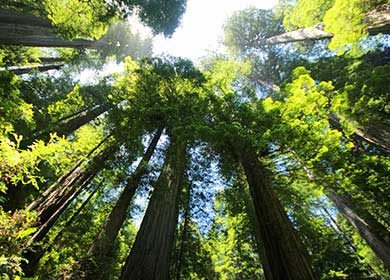
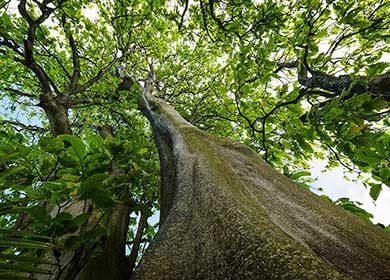
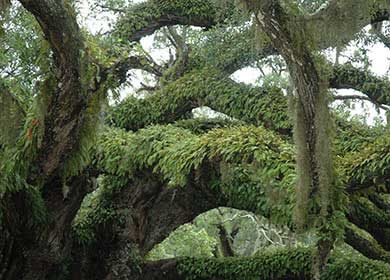
Natural Climate Solution approaches are drastically needed because in the last several centuries, humans have degraded or destroyed vast expanses of terrestrial and aquatic ecosystems which has resulted in the release of large amounts of carbon dioxide into the atmosphere. Ecosystem restoration is a Natural Climate Solution approach that repairs or reconstructs these natural plant and animal communities and ecosystems. In this Natural Climate Solution ecosystem restoration process, the plants and animals in these natural ecosystems remove carbon dioxide from the atmosphere and store it in living and dead plant and animal material (i.e., biomass and organic matter).
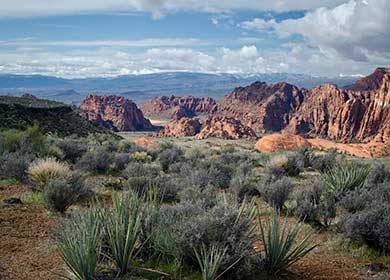


In a Natural Climate Solution geoengineered restored forest ecosystem, for example, growing trees store carbon in their trunks, branches and leaves. Leaves, twigs and branches that fall to the ground from the forest canopy enrich the forest soils with organic matter and help store vast quantities of carbon below ground. Because restored forests provide habitat for animals, animals living in the these forest ecosystems help sequester carbon by storing carbon in their bodies. Forest animals include insects, frogs, lizards, and mammals. In forest leaf litter and soils, animals including protists, nematodes, earthworms, insects, reptiles and mammals live within this soil ecosystem and sequester carbon as well. Over time, water runoff from forest ecosystems will enhance the waters of streams and rivers with forest components such as insects, leaves and dissolved organic carbon. These inputs will, in turn, provide food for aquatic plants and animals that also sequester carbon.

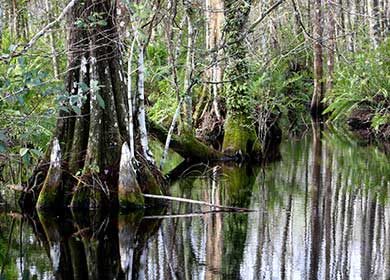

Around the planet, there are excellent Natural Climate Solution opportunities to restore ecosystems and sequester carbon. Terrestrial ecosystems that can be restored include upland forests, riparian forests, grasslands, herbaceous and forested wetlands, floodplains, streams, and ecosystems in semi-arid regions (e.g., shrublands like chaparral). Estuarine and marine ecosystems that can be restored to sequester carbon include mangrove forests, salt marshes, seagrass beds and macroalgae communities. Carbon sequestered by estuarine and marine ecosystems is known as blue carbon.
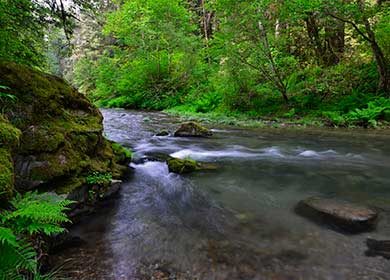
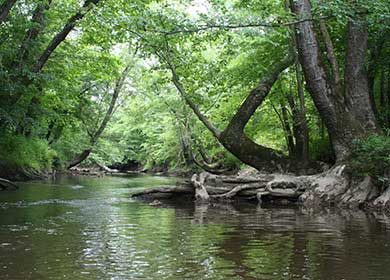
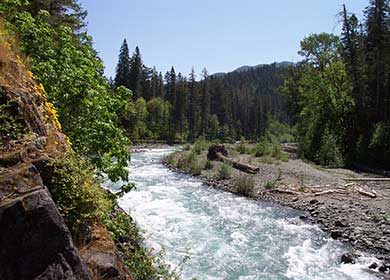
Besides sequestering carbon, Natural Climate Solution geoengineered ecosystems such as croplands can also mitigate Climate Change and Global Warming by reflecting sunlight into space. Cropland albedo enhancement is a Natural Climate Solution approach that uses crops to cool regional landscapes by reflecting sunlight into space. By reflecting the sunlight, crops prevent the sunlight from being absorbed and converted into heat. Cropland albedo enhancement methodologies include selecting crop varieties that are more reflective and management techniques such as no-tillage that increases the albedo of agricultural fields (Davin et al., 2010). Crop varieties that are more reflective tend to have leaves that are hairy (i.e., have trichomes) and/or waxy. Through both traditional breeding techniques and genetic modification, the albedo or reflectivity of crop varieties can be increased to help cool agricultural areas as well as nearby cities and natural communities.
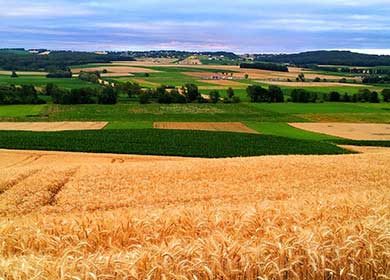
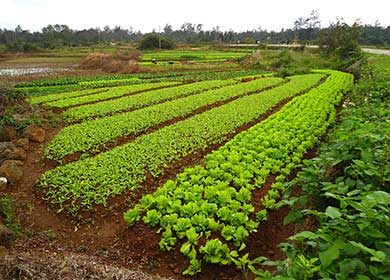

References
- Davin, E.L. and de Noblet-Ducoudré, N., 2010. Climatic impact of global-scale deforestation: Radiative versus nonradiative processes. Journal of Climate, 23(1), pp.97-112.
- IPBES, 2018: The IPBES assessment report on land degradation and restoration. Montanarella, L., Scholes, R., and Brainich, A. (eds.). Secretariat of the Intergovernmental Science-Policy Platform on Biodiversity and Ecosystem Services, Bonn, Germany. 744 pages.